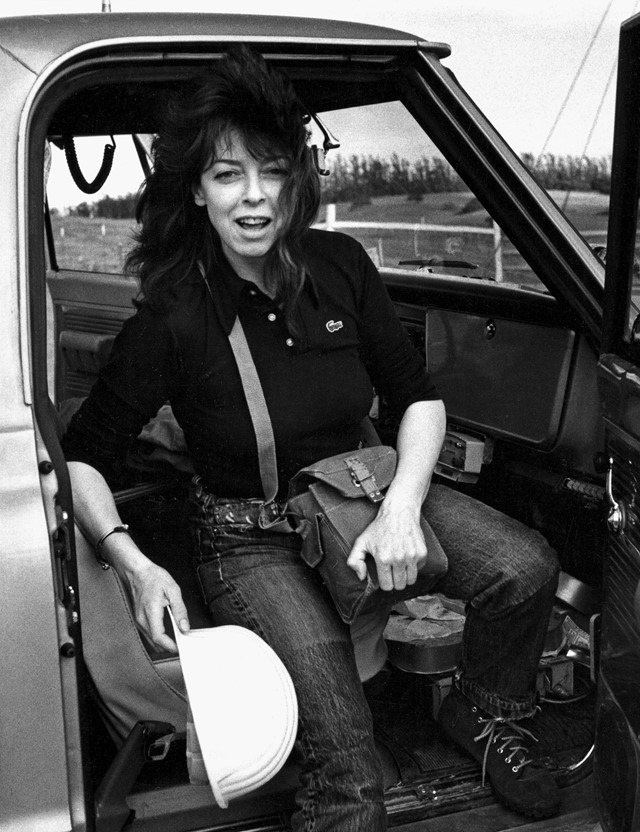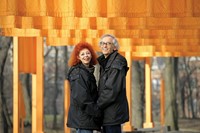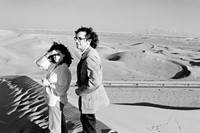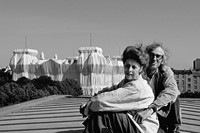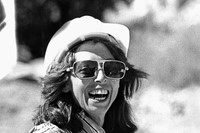We consider the late artist’s legacy on what would have been her birthday, and as her and Christo’s first ever UK outdoor work goes on display on the Serpentine lake
Until Christo and Jeanne-Claude – the coupled environmental artists best known for wrapping and surrounding buildings, coasts and islands with copious amounts of fabric – began their lifelong creative partnership in 1961, Christo had been occupied with the wrapping of objects significantly smaller than those that would later become central to their work. His early artworks were constructed of paint tins, a pair of shoes, a Volkswagen Beetle, a white birch tree, and a even an obliging woman, all swaddled in fabric or clear polyethylene. But it was when Christo and Jeanne-Claude started to collaborating that their works became ambitious in scale, wildly exciting and frankly, seemingly impossible to pull off.
Their shared artistic vision, paired with Jeanne-Claude’s steely determination and her ability to withstand the hoop-jumping bureaucracies required to pull off their projects, meant they progressed to making works both awe-inspiring and egalitarian – nobody has ever paid an admission fee to view their work, which is entirely self-funded. Control and total artistic freedom was one of the pair’s greatest assets and Jeanne-Claude was renowned for her irritation towards people (especially journalists) who misunderstood their artworks. Language, Jeanne-Claude understood, matters, and as such in 1998 she wrote Most Common Errors, a manifesto of sorts, to put all those books, newspapers and TV reports right, once and for all. “Most journalists do not understand the difference between ‘wrapping’ and ‘surrounding’ even though they should know that the United Kingdom is surrounded by water, it is not wrapped in water,” she wrote.
Seminal Moments
On June 24, 1995, 90 professional climbers and 120 installation workers scaled the Reichstag, Berlin, to carefully hang 100,000 square metres of a silvery woven polypropylene fabric over the building’s edifice. “It has got Berlin into more of a celebratory mood than anything since the fall of the wall five and a half years ago,” reported the New York Times. This moment, this physical creation of Wrapped Reichstag had been 24 years in the making, and was testament to Christo and Jeanne-Claude’s determination, and the success of their working relationship. Jeanne-Claude protected Christo’s time to work, while doggedly organising permits for their creations. As with all of their projects this was self-funded, costing a staggering $15.3 million at the time. But self-funding their work, often through the sale of Christo’s drawings and early pieces, ensured them the artistic freedom that they guarded so closely.
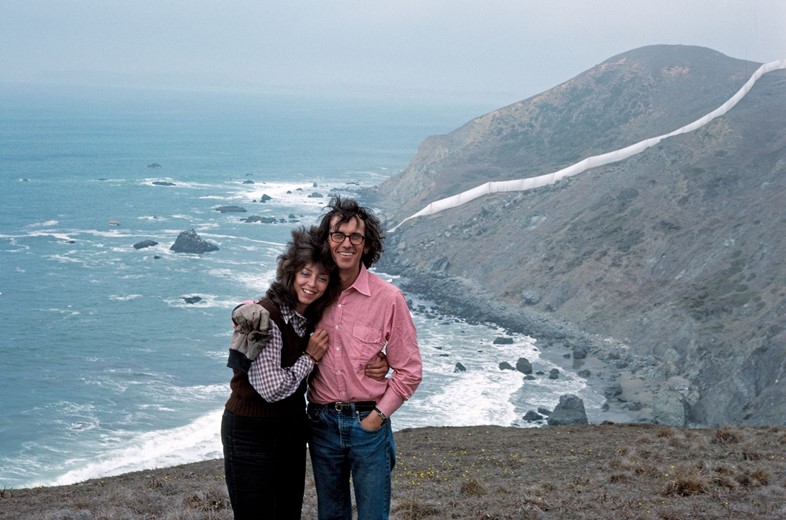
Defining Features
Jeanne-Claude, who is remembered as being witty and precise, could be quickly identified by her shock of frizzy hair, which she dyed a hot red. She might fix it in place with a scrunchy (also red) or an alice band (ditto). She always wore a swipe of matching lipstick. When at work on say, the Reichstag in 1995, she wore a hard hat bearing her initials ‘J.C.’, with a stone-coloured safari-style shirt and jacket. She also wore a bulletproof vest, such were the threats they received for the artwork. In colder climes, a puffer coat was her go-to draught excluder. Jeanne-Claude worked madly, and did so much running around in Central Park, New York City during the planning of their work The Gates, that she got through three pairs of shoes.
She didn’t really care about clothes though; at least not spending a great deal on them. In Most Common Errors Jeanne-Claude identified “building works of art of JOY and BEAUTY for themselves and their collaborators” as the pair’s greatest financial priority and ultimate pleasure.
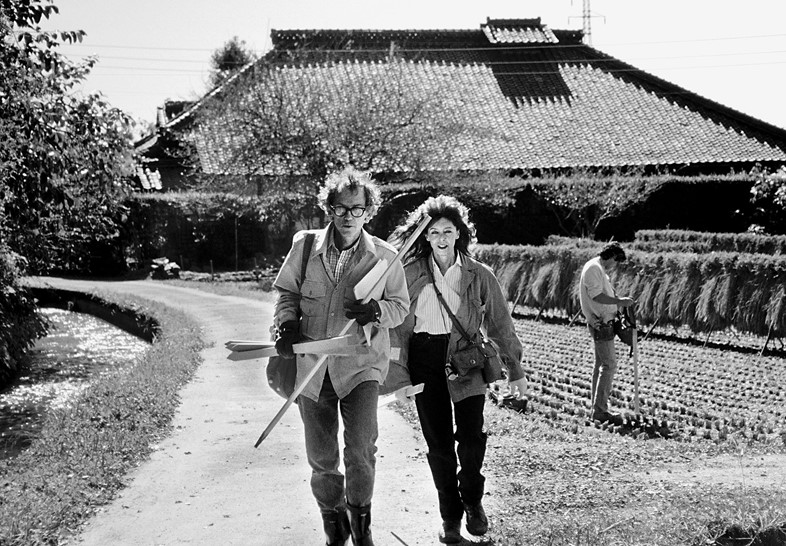
She’s an AnOther Woman Because...
Jeanne-Claude’s legacy reminds us that aiming for something huge and supposedly impossible maybe isn’t so ridiculous after all. Look at the sheer beauty they created – the surprising serenity of a wrapped Milanese monument when viewed at dusk, or a vivid orange curtain hung between two American mountains. Incredibly, the pair made plans for 47 projects that remain unrealised, which reminds us that you only really fail if you don’t try. We’re going to stick a postcard of Surrounded Islands, those Miami island edged with 603,870 square metres of fabric, on our wall to remember that.
